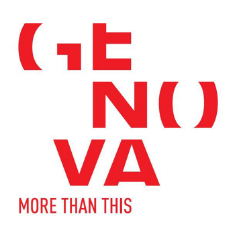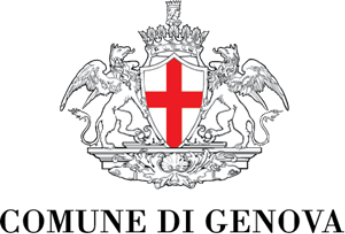In April 1924, Antonio Rubino, an illustrator by then well-known thanks to his long collaboration with the “Corriere dei Piccoli” and his intense activity in the field of publishing, was about to present to the public his parallel pictorial research on the occasion of an exhibition to be held in November in the rooms of Bottega di Poesia, a famous Milanese gallery engaged on the artistic and editorial side. In preparation for that event, as reported by Santo Alligo in his recent monograph on the artist, Rubino requested, through a letter in which he outlined some proposals for collaboration, the support of Arnoldo Mondadori. Prominent among these proposals was a project to create a decorated environment for children, consisting of a table, chairs, stools, toy-library ark, writing desk, and three large pictorial panels, entitled “The Land of Fairy Tales,” “The Good Child,” and “The Bad Child.” Beyond the slight discrepancy in the title of one of the aforementioned panels-“The City of Dreams” and not “The Land of Fairy Tales”-this little room seems to correspond exactly to the one on display within the permanent exhibit of the Wolfsoniana, the museum home of the collection donated in 2007 by Mitchell Wolfson Jr. to the Genoa Regional Foundation for Culture and Performing Arts.
Mondadori, to whom Rubino also proposed, in exchange for a subsidy in the preparatory phase of the exhibition, the printing of some symbolic subjects in postcard format and exclusivity for the reproduction of the cabinets, replied that he was unable to comply with his request, due to too many work commitments; but he did not, however, exclude the possibility of entering into an agreement for the realization of the aforementioned furniture. However, there are no documentary sources that attest to a follow-up to these initial agreements and clarify whether the small room, at this time, had already been made. Documented, however, is the collaboration between Rubino and the “Industria veneziana mobili laccati,” which, founded by Vittorio Lampronti and Giorgio De Tomi in 1928, in addition to reproductions from antiquity, also took up the Venetian craft tradition of lacquered furniture in a modern key . Active until 1934, the firm participated in 1928 in the Tre Venezie competition for home furnishings by presenting a small room composed of two chairs, armchair, desk, bed with nightstand, closet and decorated with images derived from the stories of a famous character designed by Rubino for the illustrated magazine “Il Balilla,” to which the artist collaborated continuously from 1927 to 1929. In fact, the decorations of the furniture took up the effigy of Lio Balilla who, depicted in a black shirt with an incongruous yellow star on his chest, interpreted the Fascist spirit in an amusing but ideologically correct manner; so much so that, according to a statement by Rubino himself, he was so fond of the Duce himself.
This children's bedroom was probably followed by others inspired by characters from Rubino's illustrations, as documented by some surviving pieces of furniture preserved in private collections; the only one preserved in its entirety is the one on display at the Wolfsoniana. In it, the correspondence between the furniture and the panels that frame it most likely refers to a specific commission, at one time attributed - again, however, without any direct documentary confirmation - to a comrade-in-arms of the artist, knight commander Giani of Busto Arsizio, owner of a textile factory. In any case, the realization of the small room corresponds to one of the happiest phases of his rich and multifaceted artistic activity, which, initially marked by Symbolist stylistic features and macabre and Gothic iconographic themes, peculiar to some expressive strands of art nouveau graphics, soon reconverted into the rigorous geometry of the sign and the compositional symmetries of the layout, solutions more pertinent to Art Deco taste. This complete children's environment reflects in an exemplary manner his exclusive relationship with the world of childhood that marked-partly at the expense of his prolonged aspiration to try his hand at adult works as well-his intense artistic activity, to the point of being completely identified with his personal and recognizable stylistic signature. Children's bedroom consisting of a closet, two chairs, a table, toy cabinet, writing desk and bedside table, all made of painted wood. Three tempera on canvas panels, titled “The Good Baby,” “The Bad Baby,” and “City of Dreams,” decorate the walls of the room. In addition to the linear design of the furniture, the small bedroom presents a unified decoration, both in the three painted panels and in the individual pieces of furniture, among which are the two small chairs whose anthropomorphic shape reproduces a seated child.



